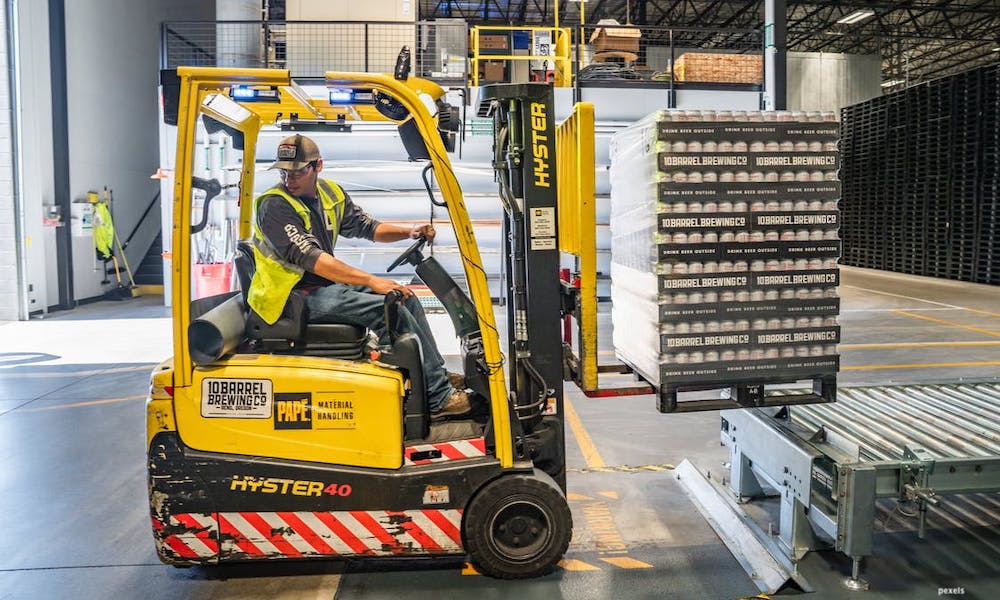Technology
How to Solve Vibration and Noise Problems Using the Latest Technology

Have you ever heard of vibration isolators or similar technology? In this article we’ll explain what they are and why businesses need them. In the workplace and at home there’s almost constant low frequency vibration and noise, though most of us are not consciously aware of it or we’ve learnt to block it out, just like you would if you lived near a busy road or railway. Businesses are less complacent about noise as there are adverse affects including tiredness, headaches, irritability and lack of concentration associated with noise and vibration. Business owners therefore want manage it as best they can, to keep workforce productivity up. In industrial locations the priority is heightened so it’s dealt with head on the reasons aforementioned as well as for general health and safety management.
Need for Vibration Isolators
Most industrial workplaces will have so many objects and machines that are going to cause excessive vibration. And when you are looking at a facility that may have 10 to 20 such machines, there will be abnormal vibration levels during regular use hours when these machines are running. It may be a case that the vibrations only get out of hand when most of the machines are running at the same time. But running them in shifts is not efficient, which is why a solution is needed.
What is the Issue with Abnormal Vibration?
The main reason why vibration isolation technology is so sought after is because there are serious issues that can arise from too many vibrations. For instance, if there are abnormal vibrations going on at a facility all the time, it is going to result in bolts and screws on machines loosening over time. It will also mean that many of the smaller and more sensitive machines are going to get disrupted, and they will not work in the way they were intended to.
Many machines and equipment end up getting damaged because of these excessive vibrations, while they will run inefficiently. Even if the machine lasts for 10 years in this heavily vibrating environment, it will be operating at anywhere from 20 percent to 50 percent of its efficiency within the first year. And that is not a good sign for any industrial location.
Controlling Vibrations
The solution is to ensure that vibration isolators are purchased and put at appropriate locations. This is not going to stop said machines from vibrating. But what happens is the vibrations are now isolated in that area, so they do not impact the other machines and structures that are in that vicinity.
There are special mounts within the vibration isolators that absorb a lot of the vibrations and movements that are caused by the machines in question. It is the most cost-effective and long-term solution for such a problem. No other solution is easier to implement or achieves better results.
Types of Isolators
The final question to ask is what type of vibration isolator will be used. It depends on a few factors, such as the type and size of machines in question, the budget and the location of these machines. For instance, it is possible to use spring, rubber, oil and foam/polyurethane isolation vibrators. Each works in a unique way, but attempts to achieve the same result. If you have a bunch of machines that are always running in a few locations, and you are concerned about the vibrations and noise those machines are producing, it is time to invest in vibration isolators for your own wellbeing and that of your staff.



